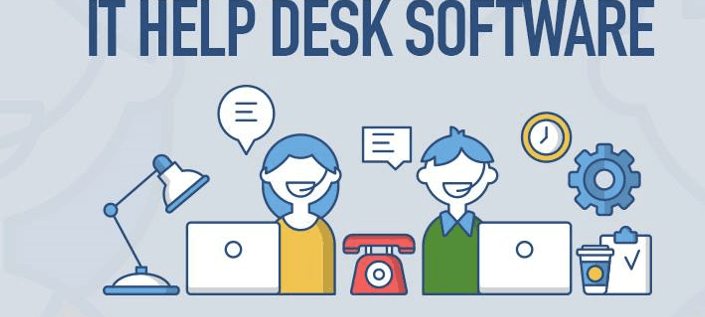Three best practices that are embedded in ServiceDesk Plus as features that can improve productivity within an organisation:
ServiceDesk Plus, as an ITSM solution, aims to reduce tedious tasks and automate the process to help organisations increase agent productivity. Every IT management in an organisation aims to make the end users use more Self-service portals and rely more on the solutions (Knowledge base) so agents can focus more on resolving incidents which in turn helps improve productivity overall.
Here are the three best practices that will improve productivity within the organisation and how ServiceDesk Plus has these features embedded, which will help achieve these principles with its insights and features:

1/. Create an Incident Contingency Plan: We never know when an incident will occur. It’s within the powers of the organisation to create a well-defined incident response contingency plan that outlines the steps to be taken in case of multiple incidents due to some unforeseen circumstances like the natural disasters- Cyclone Gabrielle that we experienced recently resulted in multiple power and network outages across North Island. It would have been a nightmare for some regions that are worse affected, like North and Eastern parts of Northland, Auckland, Coromandel and Tairawhiti. If you are an organisation located in these regions, we would need many contingency plans to ensure that there is no Service interruption and business continuity is not affected due to those unforeseen circumstances.
Assigning roles and responsibilities and setting clear expectations for response times will help manage those incidents better. Service Desk Plus has exciting features like:
- SLA management– Predefine SLAs for incidents based on priority levels.
- Business Rules– Automate pre-set actions on incoming tickets based on several criteria. Automating these processes can streamline incident response and reduce response times.
2/. Prioritise incidents: Incidents should be prioritised based on their severity, impact, and urgency. It can help improve the team’s response so that the most critical incidents with short SLAs.
- For instance: If a P1 incident has a response SLA of 15 minutes and a resolution SLA of 1 hour. That needed to be prioritised and addressed first, reducing the downtime and the overall impact on business operations. Features such as Technician Auto-assign can automatically assign those incidents to respective technicians and reduce the chances of exceeding the SLA of response time.
3/. Learning from Mistakes: One critical aspect is periodically reviewing and updating the incident response procedures. They should be studied and modernised to ensure they are updated. By learning from this, we can create a knowledge base: ServiceDesk Plus has a built-in feature called solution management with information on past incidents handled by technicians, Critical response measures that have been implemented in the past, Best Practices which we learned from the previous incidents, and common resolution steps that can be used as a thumb rule in the event of having a priority incident. It will improve incident response times by providing a quick reference for teams.
- Investing in Training Staff: Regular discussions and sessions on the previous incident response procedures and the critical steps taken, using the knowledge base and ServiceDesk Plus, can help ensure everyone is on the same page and ready to respond quickly and effectively in the event of an incident. If you need help, we in Soft Solutions are the NZ distributors for ManageEngine, and we would happily assist with any professional training required to upskill the staff.
Feel free to reach out to us with any queries. We would be happy to help. Follow the below link to fill out the form on the website, or if you wish to call us or drop an email at sales@managengine.co.nz, we would also be happy to hear from you.

